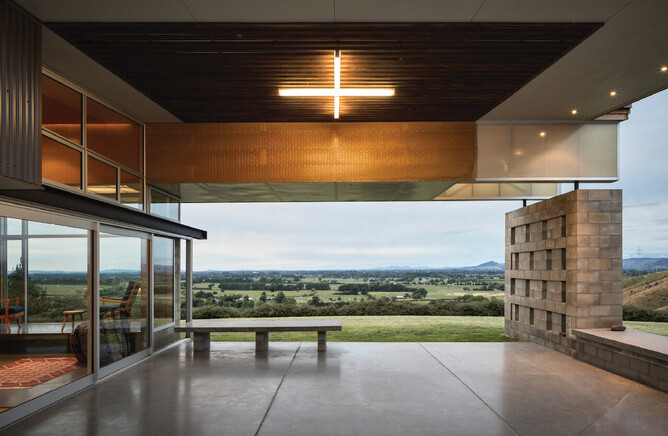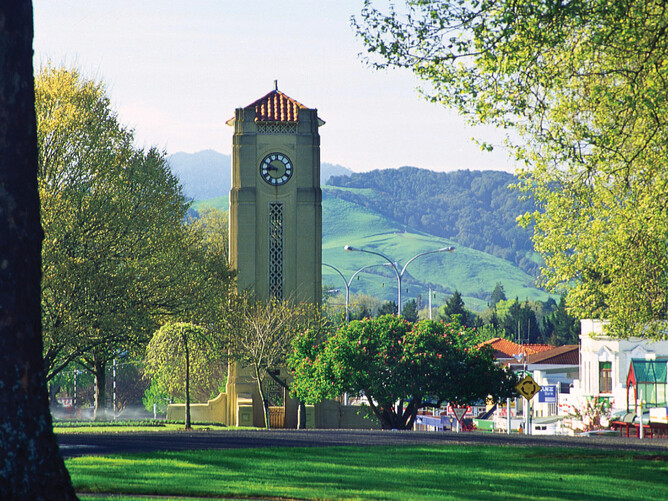Photo: Simon Devitt
The marks made by people and the legacy they leave behind for future generations to enjoy
Advertorial
Words: Antanas Procuta, Paua Architects
Cambridge, past, present, and future
From its early beginnings, Cambridge has developed into a great place to live. The river beach where the Karāpiro stream flows into the Waikato is the place where waka beached, the first steamboats moored, and people disembarked, fished, made fires, shelter and pā, and eventually, planned and made a town.
It must be acknowledged that the township of Cambridge was set in place through the time of the land wars. Hence Kingi Tāwhiao’s ‘Oko Horoi’; Cambridge being his washbowl of sorrow, and that reconnection of whenua, mana, iwi, and the town is still to come together over time.
In the years since its establishment, many people and generations have invested a great deal of thought and care in the making of Cambridge, leaving the legacy that we enjoy today.
Great places rarely happen by accident. Cities and towns are initially defined by their geography, including harbours, hills, lakes, rivers and mountains, and the weather of their location. Cambridge is landmarked and shaped by Te Awa o Waikato and its steep banks, and the pouwhenua maunga of Pukemoremore, Pukemako, Pukekura, Maungatautari and Maungakawa.
However, great places also come from the intensity, texture and history of buildings in towns. The initial design vision and town survey work undertaken in 1863 under surveyor general, Charles Heaphy has been fundamental in creating Cambridge's ambience, lifestyle, and successes since these marks were made on paper, and then mapped across the land.
Most great towns and cities also have a building or feature that becomes an iconic landmark and identifier of place. Think the Eiffel Tower for Paris, or on a more local scale the Beehive in Wellington or Len Lye Centre in New Plymouth. Cambridge is lucky to have more than one of these, indeed a sequence.
Firstly, the picture many out-of-towners will likely have of Cambridge is the landmark of St Andrew’s Anglican Church, designed by Thomas Mahoney.
Secondly, the 1909 Cambridge Town Hall, designed by A.B. Herrold and commissioned by the Borough Council under Mayor William Buckland, is beautifully sited atop the rise above the Cambridge central business district (CBD).
Curiously it is the Cambridge Town Clock that is my favourite civic architecture in Cambridge. Designed by architects Edgecumbe and White to house the clock removed from the post office following the 1931 Napier earthquake, the clock tower is strategically sited at the top of the CBD, a connecting beacon of sound and time.
Accompanying the experience of these Cambridge landmarks are the ever-present trees Cambridge is known for, especially the avenue of London Plane trees down the main street. These too are a legacy left by previous visionaries, including Mayor Thomas Wells and his colleagues of the Cambridge Domain Board, responsible for what we now know as Lake Te Koo Utu, the surrounding domain and pathways.
Also noteworthy are educationalist Arthur Broadhurst, who founded St Peter’s Cambridge, his architect Roy Lippincott, and the undertaker and architect James Thomas Douse, who created the many great Cambridge roughcast houses and the Arts and Crafts 1927 Central Hotel.
More recently, new generations of developers are leaving their legacy for the town. My practice, Paua Architects, has been fortunate to work with a number of these legacy clients, including the developers behind Cambridge Park, Le Quesnoy Place townhouse enclave, and the Cambridge Police Hub. The latter is a joint endeavour between Waikato-Tainui and the
New Zealand Police, and the first civic building in Cambridge that acknowledges the history of Waikato-Tainui in the town.
Cambridge future
Ultimately architecture and the townscape are the stage upon which we play our lives. As Sir Winston Churchill noted, “we shape our buildings; thereafter, they shape us”.
Almost always, the most important consideration in making a great place to live, is to look forward. As others have previously, we now have the opportunity to leave a legacy of quality and care.
My own future vision of Cambridge is of a town centre free of commuter traffic and made more vibrant by an increased population living in high-quality mixed-use developments within walking distance of the commercial areas.
It is a town that has embraced its cultural heritage, and mana whenua, and celebrates and enhances the connection, culturally and physically, to the river, Te Awa o Waikato.
The Cambridge of the future has planned for, provided, and retained a variety of property types and sizes for different lifestyle options, including land holdings that are large enough to have urban gardens, and, equally, access to community gardens and parks for those living on smaller properties.
It is a town that has integrated and balanced the natural environment with the built environment; it is still the town of trees.
Above all else, Cambridge in the future, just as now, is a town of quality and of community.


